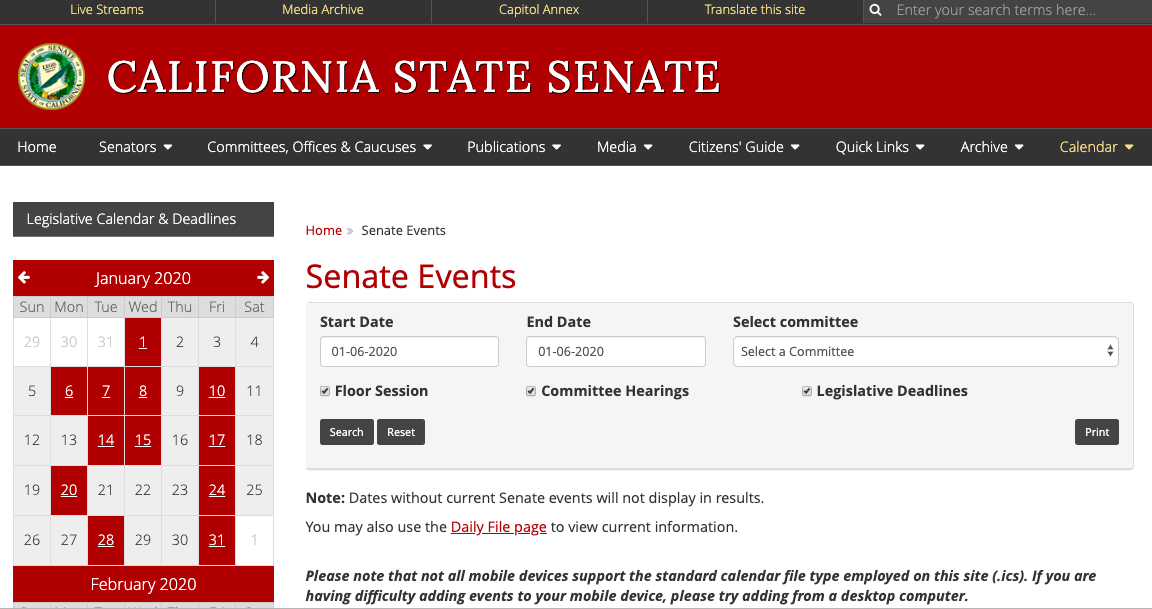
California State Capitol. (Photo: Kevin Sanders for California Globe)
AB 2: Legislative Review of Regulations
Would require the Office of Administrative Law to submit to each house of the Legislature a copy of each major regulation for review
By Chris Micheli, December 8, 2020 3:18 pm
On December 7, the first day of the California Legislature’s 2021-22 Session, Assemblyman Vince Fong (R-Bakersfield) introduced Assembly Bill 2, which would make several changes to the state regulatory process. The bill would amend Sections 11343.4 and 11349.3 of and add and repeal Chapter 3.6 (commencing with Section 11366) of Part 1 of Division 3 of Title 2 of the Government Code.
First, AB 2 would require the Office of Administrative Law (OAL) to submit to each house of the Legislature for review a copy of each major regulation (defined under existing law as a regulation with an estimated economic impact on California businesses of $50 million or more) that it submits to the Secretary of State. AB 2 would also add another exception to those currently provided that specifies that a regulation does not become effective if the Legislature enacts a statute to override the regulation.

Section 1 of the bill would amend Government Code Section 11343.4, dealing with effective dates, to preclude a regulation from taking effect “(5) When the Legislature enacts a statute to override the regulation.”
Section 2 of the bill would amend Government Code Section 11349.3 to require “(2) The office shall submit a copy of each major regulation submitted to the Secretary of State pursuant to paragraph (1) to each house of the Legislature for review.”
Second, AB 2 would require each state agency to, on or before January 1, 2023, review that agency’s regulations, identify any regulations that are duplicative, overlapping, inconsistent, or out of date, to revise those identified regulations, as provided, and report to the Legislature and Governor, as specified. The bill would repeal these provisions on January 1, 2024.
Section 3 of the bill would add Chapter 3.6 (commencing with Section 11366) to Part 1 of Division 3 of Title 2 of the Government Code. This chapter would remain in effect until January 1, 2024.
Chapter 3.6 would be titled “Regulatory Reform.” Article 1 of Chapter 3.6 would provide three legislative findings and declarations. Article 2 would provide definitions of “state agency” and “regulation.” Article 3 would set forth several state agency duties, including:
- Reviewing all provisions of the California Code of Regulations adopted by the agency.
- Identify any regulations that are duplicative, overlapping, inconsistent, or out of date.
- Adopt, amend, or repeal regulations to reconcile or eliminate any duplication, overlap, inconsistencies, or out-of-date provisions.
- Hold at least one noticed public hearing for the purposes of accepting public comment on proposed revisions to its regulations.
- Notify the appropriate policy and fiscal committees of each house of the Legislature of the revisions to regulations that the state agency proposes to make at least 30 days prior to initiating the formal rulemaking process.
- Report to the Governor and the Legislature on the state agency’s compliance with this chapter, including the number and content of regulations the state agency identifies as duplicative, overlapping, inconsistent, or out of date, and the state agency’s actions to address those regulations.
In addition, On or before January 1, 2023, each agency would have to notify a department, board, or other unit within that agency of any existing regulations adopted by that department, board, or other unit that the agency has determined may be duplicative, overlapping, or inconsistent with a regulation adopted by another department, board, or other unit within that agency.
AB 2 is likely to be heard in its first policy committee in March 2021.
- New Assembly Bill Would Ban NDAs in Legislative Negotiations - April 19, 2024
- Frequently Asked Questions about California Bills Having Certain Provisions - April 19, 2024
- Senate Proposes Equity Impact Analysis of Legislation - April 18, 2024




